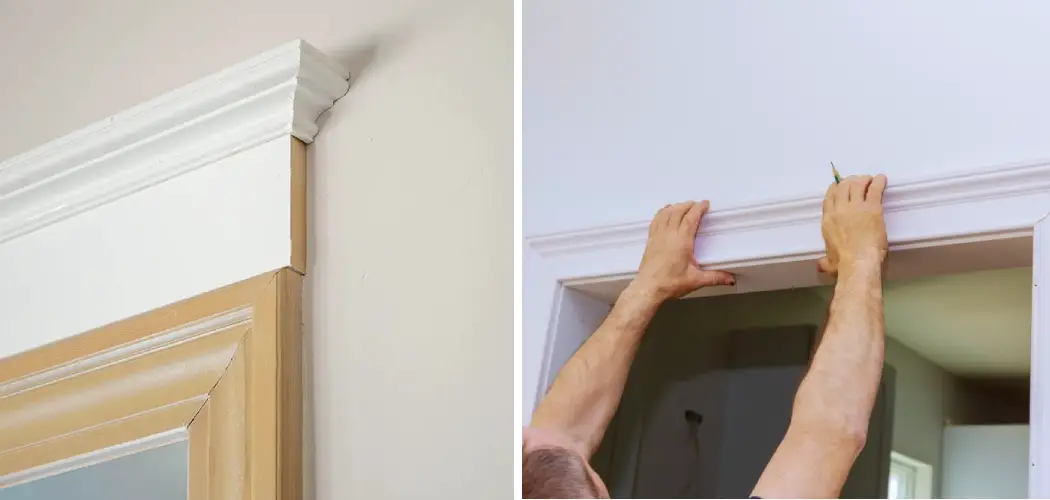Installing door trim is a great way to add a finishing touch to your interior space, but not everyone has access to a nail gun. Fortunately, you can still achieve a professional-looking installation without the need for a nail gun. In this article, we will explore alternative methods how to install door trim without nail gun.
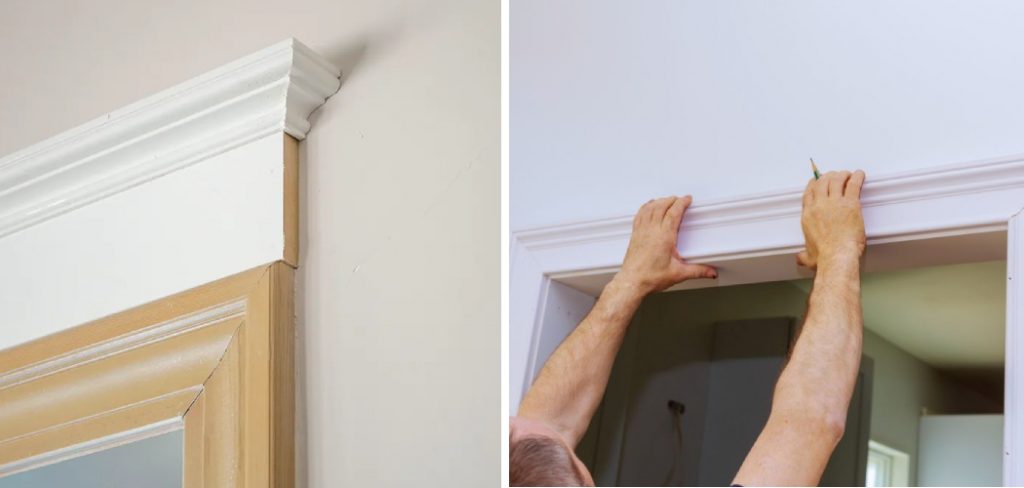
Whether you’re a DIY enthusiast or a beginner, these methods will help you tackle the project with confidence. From adhesive solutions to innovative fastening techniques, we will guide you step-by-step through the process of installing door trim without a nail gun. With a little patience and the right approach, you’ll be able to achieve beautiful and secure door trim that enhances the aesthetic appeal of your home.
The Importance of Installing Door Trim in Doorways
Door trim can not only add a decorative touch to your home, but it is also incredibly important for the overall functionality of your door. Door trim helps hide any imperfections in the wall or framing around the doorway, and it serves as an additional layer between the edge of the door and any walls around it. Additionally, having proper door trim helps protect the walls and floors from damage due to heavy doors.
Installing door trim is not as difficult as it may seem, but it does require careful attention and the use of proper tools. You can install door trim without a nail gun, relying instead on manual tools such as saws or hammers and nails—but using a nail gun can make the job easier and speed up the process. Keep reading to learn how to install door trim without a nail gun.
Once you have gathered all of your materials, such as wood trim, screws, nails, hammers, saws, and levelers—you’re ready to begin installing the door trim. Start by measuring the area around the doorway where you will be placing the trim. Next, cut and mark pieces of wood trim that are slightly longer than needed for each side of the doorway – this will allow for any adjustments that may need to be made during installation.
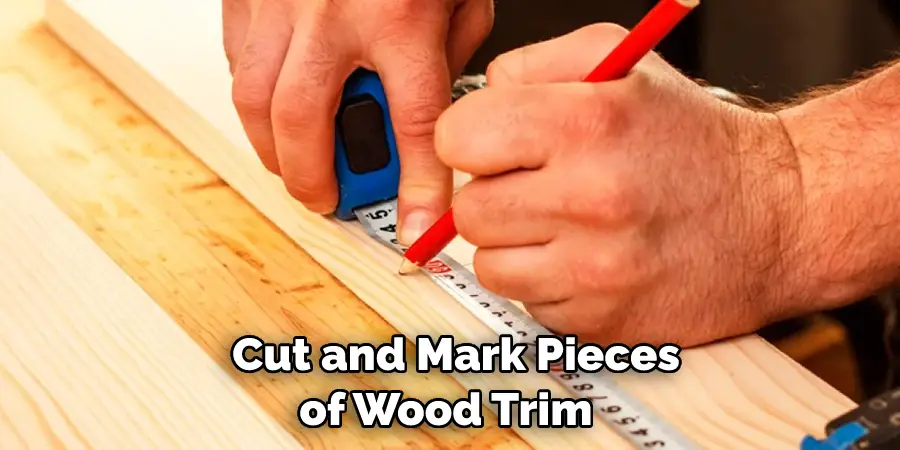
Do You Nail or Glue Door Trim?
The answer to this question depends on the type of door trim you are installing. If you are installing a solid wood door trim, then nailing is the preferred method of installation. Nails will provide a strong and secure bond that will last for many years. However, if you are installing a composite or vinyl door trim, then gluing is the best option.
The glue will provide a strong bond that will not be weakened by moisture and temperature fluctuations. Additionally, nails may cause visible unsightly marks in softer materials such as composites and vinyl.
No matter which method you choose to install your door trim (nail or glue), it is important to make sure all of the pieces fit correctly before attaching them to the wall. Measure twice and cut once! Make sure all the edges line up properly, and use wood filler if necessary to fill in any gaps between the trim and wall. Once everything fits correctly, then you can begin nailing or gluing your door trim into place.
Finally, for a professional-looking finish, caulk all of the joints and nail or screw holes. This will help to keep any moisture out and provide a cleaner finished look.
10 Methods How to Install Door Trim without Nail Gun
Step 1: Gather the Necessary Tools and Materials
Before you begin installing door trim without a nail gun, gather the following tools and materials:
- Trim pieces (pre-cut or raw lumber)
- Measuring tape
- Miter saw or miter box
- Coping saw or jigsaw
- Sandpaper
- Wood glue
- Hammer
- Finishing nails or brad nails
- Nail set
- Putty or wood filler
- Paint or stain (optional)
Step 2: Measure and Cut the Trim Pieces
Start by measuring the length of each side of the door frame where the trim will be installed. Use a miter saw or miter box to make precise angled cuts at the corners. For an inside corner, cut the trim at a 45-degree angle with the shorter length on the front. For an outside corner, cut the trim at a 45-degree angle with a longer length on the front. Ensure that the angles are complementary to each other.
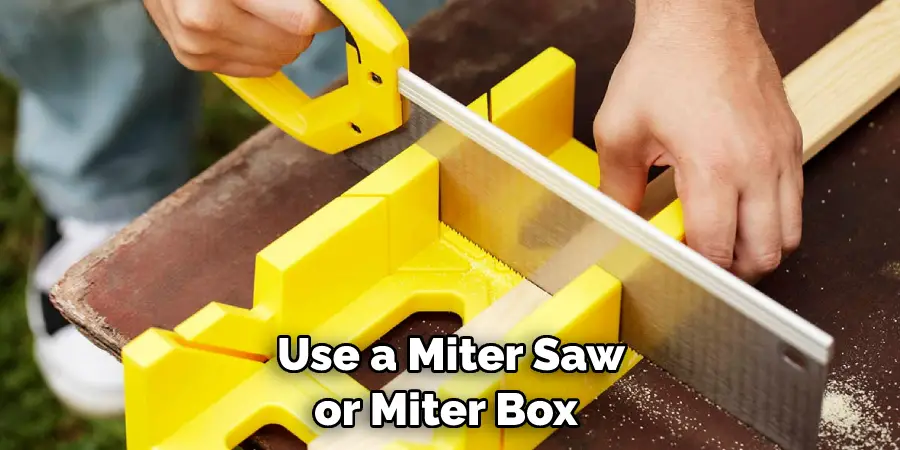
Step 3: Dry Fit the Trim Pieces
Before securing the trim, dry-fit each piece around the door frame to ensure accurate measurements and proper alignment. Make any necessary adjustments to the trim by using a coping saw or jigsaw to create precise, snug-fitting corners. However, be sure not to make any cuts into the door frame. To prop the trim during installation, use a shim or set of thin wedges. To prevent damage to the door frame, be sure to cushion your shim or wedges with a piece of cloth.
Step 4: Sand and Prep the Trim
Smooth the edges and surfaces of the trim using sandpaper to ensure a clean and polished appearance. Remove any rough edges or splinters and wipe away any dust before proceeding. Although it is not necessary to use a nail gun for installing door trim, if you choose to do so, always make sure the nails are flush.
While a nail gun will make the job faster, careful hammering and nailing can still produce an excellent result. While it’s best to use finishing nails when using a hammer, you can also choose to use trim nails. Trim nails are specifically designed for this purpose and come in a variety of sizes.
Step 5: Apply Wood Glue
Apply a thin, even layer of wood glue to the backside of the trim pieces using a brush or a small putty knife. This will help strengthen the bond between the trim and the door frame. Allow the glue to dry completely before moving on to the next step. Additionally, make sure the glue is completely dry before proceeding to painting and finishing. Once the glue has dried, it is time to move on to attaching the trim pieces.
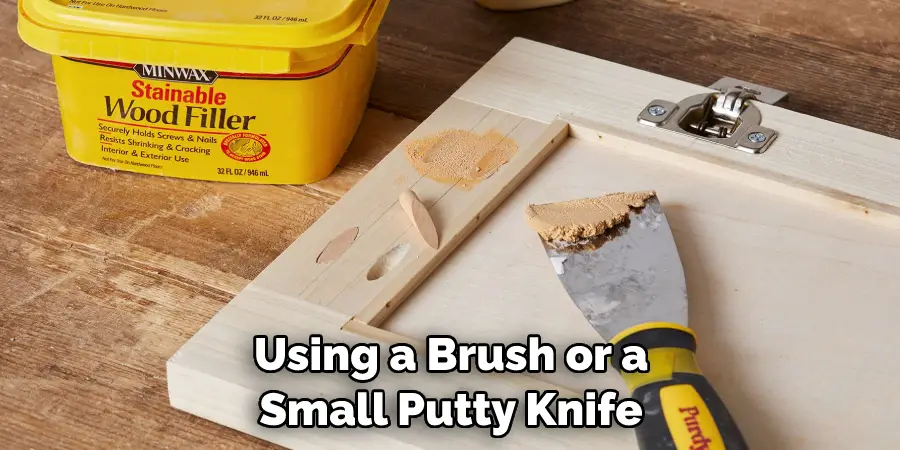
Step 6: Secure the Trim with Finishing Nails
Position the trim against the door frame, ensuring it aligns properly. Using a hammer and nail set, gently tap the finishing nails into the trim at an angle approximately 1-2 inches apart. Be careful not to damage the trim’s surface while driving the nails.
Sink the nails slightly below the surface of the trim using the nail set. While you can use a nail gun for this step, it is not required. To avoid splitting the trim, use a hammer and nail set for added precision.
Step 7: Countersink the Nails
To create a seamless finish, use a nail set to countersink the nails just below the surface of the trim. This allows space for putty or wood filler to be applied later, concealing the nail heads. Place the nail set over each nail and tap it with a hammer, pushing the nail head into the trim.
Remove any excess putty or filler before continuing with the next step. Repeat this process for all the nails around the trim. Though it may take more time, countersinking the nails helps create a seamless and professional-looking trim installation.
Step 8: Fill Nail Holes and Gaps
Fill the nail holes and any gaps between the trim and the door frame with putty or wood filler. Smooth out the surface using a putty knife, ensuring a flush finish with the trim. Allow the filler to dry according to the manufacturer’s instructions. Though it may be tempting to skip this step, it’s important for creating a neat and professional look.
Step 9: Sand and Touch Up
Once the putty or wood filler is dry, lightly sand the filled areas to achieve a smooth surface. Remove any dust and touch up the trim with paint or stain if desired, matching the existing color or creating a new look. Use a foam brush to apply the touch-up paint or stain, and then let dry. Once the paint or stain is dry, reattach any hardware that may have been removed. Make sure the screws are slightly driven in, as this will keep them from pulling out over time.
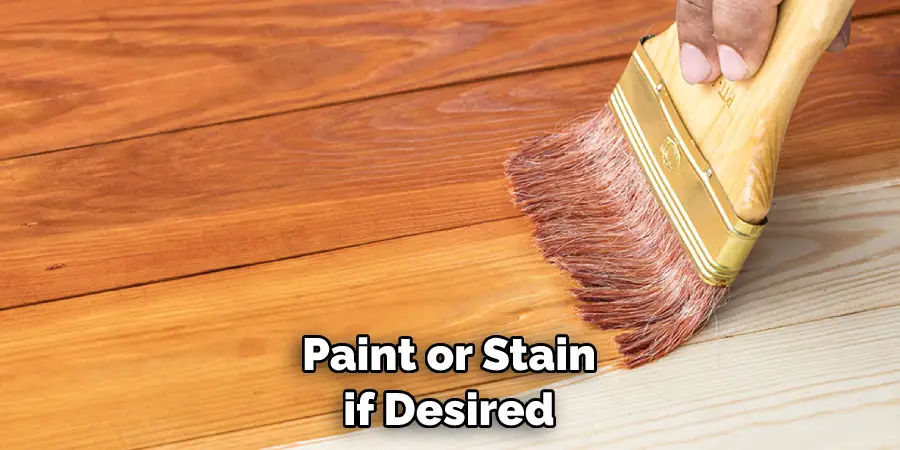
Step 10: Final Inspection and Finishing Touches
Inspect the installed door trim for any imperfections, ensuring that everything is securely in place. Make any necessary adjustments or corrections. Once satisfied with the result, stand back and admire your newly installed door trim. Add any finishing touches, such as caulk, along the edges for a professional and clean appearance.
Conclusion
Installing door trim without a nail gun is possible. Now that you have the necessary steps and materials, you can get started. Take the time to measure out your pieces of trim so that they fit perfectly. As you work on installing them, don’t be afraid to tweak some of the measurements; often, trial and error is the best way to create an even finish.
Don’t forget to pay attention to any gaps between the wall and the trim or around corners; these spaces should be filled with caulk to give a smooth effect. As a final step, use wood putty or less permanent spackling compound to fill in nail holes if you need it. Thanks for reading, and we hope this has given you some inspiration on How to Install Door Trim without Nail Gun!

